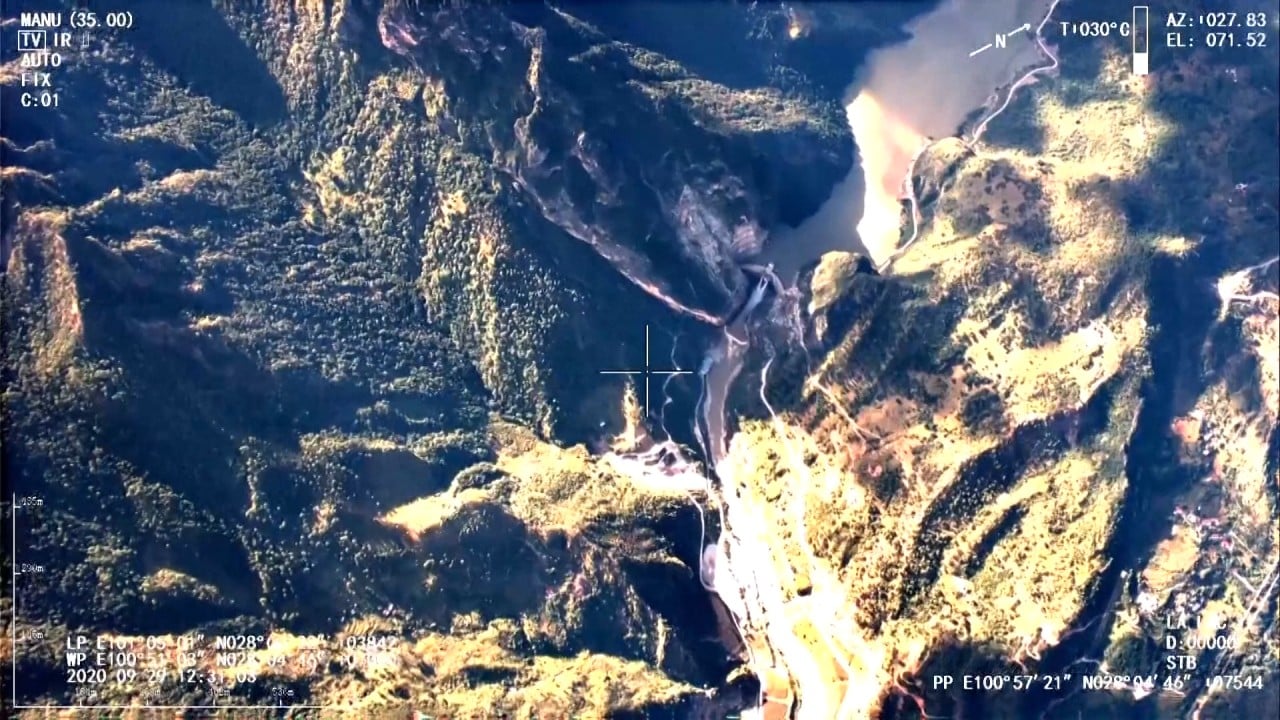
Chinese air force may have cracked how to land a hypersonic drone
- Flight control computers’ inability to calculate a descent quickly enough at Mach 5 has been an obstacle to using hypersonic aircraft
- But Chinese military researchers say they have rethought the software to work around the problem
A modern plane relies on software to find an optimal path of descent, and humans can intervene if anything goes wrong. At hypervelocity, however, even the fastest flight control computer struggles to calculate it in time.
In a paper published in peer-reviewed domestic journal Tactical Missile Technology last Wednesday, Dai Fei and colleagues from the People’s Liberation Army (PLA) Air Force said they had made improvements based on a classified model of hypersonic drone.
Radar ‘closer to spotting stealth jets’ with Chinese quantum project
Their work appeared to confirm the existence of a Chinese hypersonic drone programme – suggested previously by satellite images – but the PLA has yet to reveal details of it. It is unclear whether the drone Dai’s team used was under development or in service.
The rocket-propelled surveillance drone Wuzhen 8 appeared during a military parade in Beijing two years ago. It is believed to fly faster than sound, but whether it is hypersonic remains unknown.
Hypersonic drones could potentially be used against stealth aircraft such as the American F-22s and F-35s, Air Force Engineering University professor Wang Xing last year told an academic conference in Xian.
Did China just bring down an unmanned plane with an electromagnetic weapon?
In a close-range battle, stealth technology is redundant, and no stealth aircraft could conceal itself after launching a missile or dropping a bomb, Wang said. A hypersonic drone deployed by China’s ground-based air defence system could catch up with an F-22 – which could be heading home at more than twice the speed of sound after launching an attack – in seconds, he said.
Such a drone would be designed to return to the nearest airbase, but the potential difficulty in doing so was shown in July during the first space tourism flight. Virgin Galactic was required to apply for air space for its rocket plane and to operate only within that zone, but the plane veered off course during landing, posing a risk to other aircraft.
The incident occurred while flying at Mach 3, or three times the speed of sound, but hypersonic flight involves speeds of Mach 5 or faster. A passenger jet is slower than sound.

01:27
Rare look at Chinese unmanned drone in flight during emergency communication drills
Increasing the power of on-board computers, as proposed in some countries, would not resolve the issue, according to the Chinese researchers, from a unit of the PLA Air Force that defends the aerospace of China’s most developed eastern coastal cities, including Shanghai. Working with Nanjing University of Aeronautics and Astronautics, they instead improved the software to better predict possible landing scenarios.
They said the computer could still not process all the collected data to calculate the landing course quickly enough, so the software would use only the changing air pressure and altitude to choose one of three models for the final approach. Normally, such software calculates only one model.
Slowing the aircraft sufficiently for it to land entails shutting down its engine well in advance, Dai’s team said. They calculated that to do so at Mach 5 from an altitude of 30km (19 miles) would require it to travel more than 200km further before it could touch down on a runway.
Chinese military says it has a strategic air force – experts disagree
The drone would also undertake manoeuvres such as S turns to slow its momentum, but within limits, because its wings or body could break apart under the extreme stress, according to Dai and colleagues.
Unlike normal aircraft engines, hypersonic engines cannot be restarted, and this absence of controlled power adds complexity to the landing.
Hypersonic flight technology does not yet have civilian applications, but China plans to build a civilian hypersonic aircraft. By 2035, such an aircraft could be capable of flying 10 passengers anywhere on the planet in about an hour, according to the Chinese space authorities.

